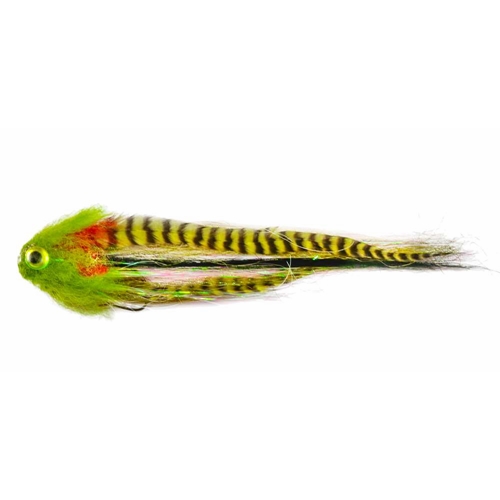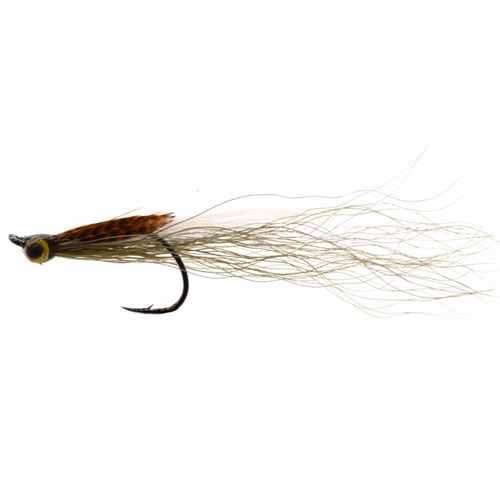R. germanica was first described by Alfred Edwin Eaton based on a single male imago collected from the River Rhine at Laufenburg, Switzerland. Its current distribution in Switzerland only extends to a few tributaries of the Rhine.
Rhithrogena germanica is widespread across Central and Northern Europe. It is under threat across Europe, and Great Britain may be a stronghold for the species.
The nymph (see below) is a stone clinger and not readily available to trout except during a hatch. March brown nymphs prefer the fast-flowing runs and glides, unlike the agile-darters which are usually found in greatest concentration near the margins or in weed beds. In deeper water trout seem to take mainly the nymphs as they ascend and struggle through the surface film, whereas in shallow stretches they are often seen rising to the floating dun. Use a size 12 March Brown nymph or March Brown Spider or as an alternative size 12 Gold-ribbed Hare's Ear nymph, fished just below the surface. These are is usually an effective imitation when march browns are hatching. You can frequently see large quantities of March Brown spinners during the day.
The emerging adults are vulnerable to predators, and so their emergence is very fast; the whole process of moulting and taking flight can take as little as 30 seconds!


























